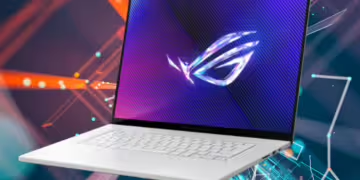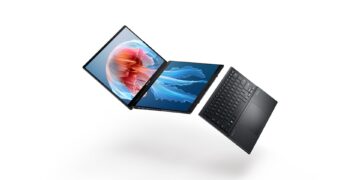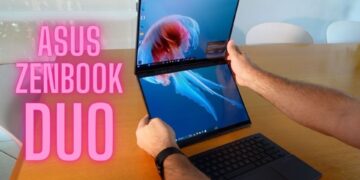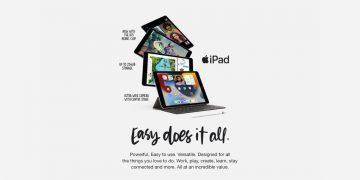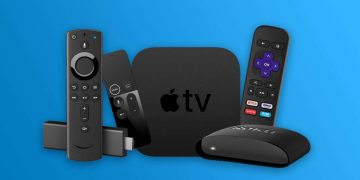I. Introduction
A. Overview of Amazon’s Fire OS
Amazon’s Fire OS has been the backbone of its Fire TV devices and a range of other gadgets. Developed on the Android platform, it has served users well, providing a seamless experience for accessing Amazon Prime Video, music, and other services.
B. The reported plan to replace Fire OS
Recent reports suggest that Amazon is considering a strategic move to replace Fire OS with an entirely new operating system. This marks a significant shift in the company’s approach and raises questions about the motivations driving this decision.
II. Amazon’s Motivation
A. Current challenges with Fire OS
While Fire OS has been successful, it faces certain challenges, such as compatibility issues and performance concerns. Amazon’s decision to explore a new operating system could be driven by a desire to overcome these limitations.
B. Benefits of a new operating system
A fresh operating system offers Amazon the opportunity to implement advanced features, improve performance, and better integrate its ecosystem of services. This section delves into the potential benefits that Amazon hopes to achieve through this transition.
III. Development Process
A. Collaborations and partnerships
Developing a new operating system requires collaboration with industry experts and potential partnerships. Amazon’s approach to involving key players in the tech world will be crucial to the success of this ambitious project.
B. User feedback and expectations
Amazon, known for its customer-centric approach, is likely to involve users in the development process. Gathering feedback and understanding user expectations will play a vital role in shaping the new operating system.
IV. Features of the New Operating System
A. Enhanced user interface
One of the primary expectations from the new operating system is an enhanced user interface. This section explores the potential improvements users can anticipate in terms of navigation, aesthetics, and overall user experience.
B. Integration with other Amazon services
The seamless integration of the new operating system with existing Amazon services is crucial. This includes improved compatibility with Prime Video, Alexa, and other popular Amazon features.
V. Implications for Users
A. Compatibility with existing devices
Users are likely to have concerns about the compatibility of the new operating system with their existing devices. This section addresses these concerns, providing clarity on which devices will receive the update.
B. Potential improvements in performance
Amazon aims to deliver a smoother and faster user experience with the new operating system. Users can expect improvements in performance, responsiveness, and overall device functionality.
VI. Industry Impact
A. Reaction from competitors
A shift in Amazon’s operating system strategy is bound to attract attention from competitors. This section explores potential reactions from other tech giants and how it may impact the competitive landscape.
B. Market trends and predictions
Analyzing market trends and predictions helps understand the broader implications of Amazon’s move. This section explores how the tech industry might evolve in response to this strategic decision.
VII. Preparing for the Transition
A. Amazon’s communication strategy
Communication is key when transitioning from one operating system to another. Amazon’s communication strategy and how it plans to keep users informed and engaged will be crucial for a smooth transition.
B. User guidance and support
To address user concerns, Amazon needs to provide comprehensive guidance and support during the transition. This includes step-by-step instructions, FAQs, and responsive customer support.
VIII. Timeline for Implementation
A. Expected rollout phases
A phased rollout is likely, with specific devices receiving the new operating system update at different times. This section outlines the expected timeline and which devices will be prioritized.
B. Devices prioritized for the update
Understanding which devices will receive the update first helps users prepare for the transition. This section provides insights into Amazon’s prioritization strategy.
IX. User Concerns
A. Addressing potential anxieties
Users may express concerns about the transition, such as data migration, potential glitches, or the learning curve associated with a new operating system. This section addresses these concerns proactively.
B. Providing clarity on the transition
Clear communication about what users can expect during and after the transition is essential. This section provides detailed information to alleviate any uncertainties users might have.
X. Expert Opinions
A. Tech analysts’ perspectives
Tech analysts play a crucial role in shaping public opinion. This section includes insights from experts in the tech industry, offering diverse perspectives on Amazon’s strategic move.
B. User community responses
Understanding how the user community reacts to this announcement is valuable. This section includes excerpts from online forums, social media, and user reviews, providing a comprehensive view of user sentiments.
XI. Potential Challenges
A. Technical hurdles
Developing and implementing a new operating system comes with technical challenges. This section explores the potential hurdles Amazon might face and how the company plans to overcome them.
B. Customer resistance
Change is often met with resistance. This section delves into potential resistance from customers and strategies Amazon can employ to encourage acceptance and adoption.
XII. Comparative Analysis
A. Contrasting the old and new operating systems
A comparative analysis helps users understand the



















